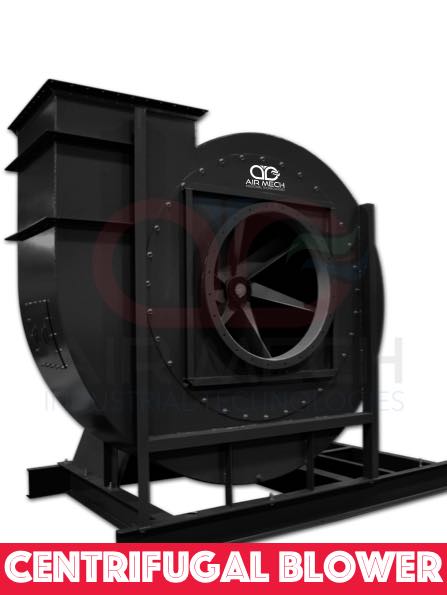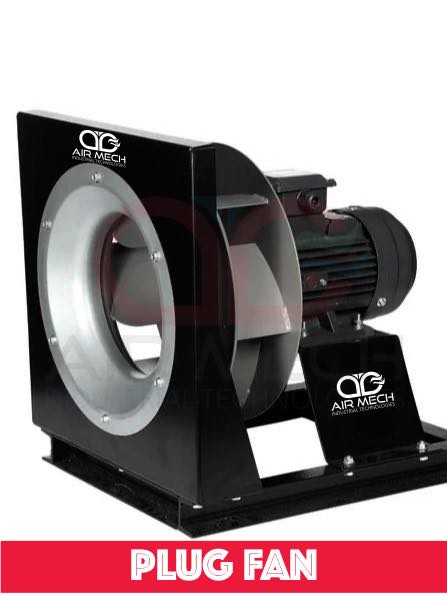What is Painting and Coating Fumes?
Exposure to painting and coating fumes can pose various health risks due to the chemicals present in these substances. Some of the potential health effects associated with painting and coating fumes include:
Respiratory Irritation: Inhalation of painting and coating fumes can irritate the respiratory tract, leading to symptoms such as coughing, wheezing, chest tightness, and shortness of breath.
Headaches and Dizziness: Breathing in volatile organic compounds (VOCs) found in paint and coating fumes can cause headaches, dizziness, and lightheadedness.
Allergic Reactions: Some individuals may experience allergic reactions to specific chemicals present in painting and coating fumes, resulting in skin rashes, itching, or nasal congestion.
Eye and Skin Irritation: Direct contact with painting and coating fumes or splashes can irritate the eyes and skin, causing redness, itching, and irritation.
Nausea and Vomiting: Prolonged exposure to high levels of VOCs in painting and coating fumes may lead to nausea, vomiting, and gastrointestinal discomfort.
Neurological Effects: Certain solvents and chemicals found in paint and coating formulations can affect the central nervous system, leading to symptoms such as confusion, fatigue, and difficulty concentrating.
Long-Term Health Effects: Chronic exposure to painting and coating fumes, especially in occupational settings, may increase the risk of developing respiratory disorders, such as asthma, chronic bronchitis, or lung cancer. Long-term exposure to certain chemicals found in paints and coatings, such as benzene or formaldehyde, has been linked to adverse health outcomes.
Health Risk of Painting and Coating Fumes?
Exposure to grinding dust, a byproduct of various industrial processes such as metal or concrete grinding, poses significant health risks to workers due to the inhalation of airborne particles. These particles, including those from metals like aluminum or steel, and materials like concrete, can penetrate deep into the respiratory system, leading to a range of adverse health effects.
Respiratory Issues: Inhaling grinding dust irritates the respiratory tract, causing symptoms like coughing, wheezing, shortness of breath, and chest tightness. Prolonged exposure, especially to fine particles generated during metal grinding, can exacerbate conditions like asthma or bronchitis and may even lead to chronic respiratory diseases like COPD.
Lung Damage: Fine particles from grinding dust, particularly those containing silica or metal components, can cause lung damage over time. Conditions such as pneumoconiosis, including silicosis, and fibrosis may develop, increasing the risk of lung cancer.
Eye and Skin Irritation: Direct contact with grinding dust can lead to eye and skin irritation, manifesting as redness, itching, and inflammation. Continued exposure may result in more severe conditions like dermatitis or conjunctivitis.
Allergic Reactions: Some individuals may experience allergic reactions to specific components of grinding dust, resulting in symptoms such as sneezing, a runny nose, itchy eyes, and skin rashes.
Neurological Effects: Grinding dust containing heavy metals like lead or cadmium may have neurotoxic effects if inhaled or absorbed into the body, causing symptoms such as headaches, dizziness, tremors, and cognitive impairments.
Systemic Health Effects: Chronic exposure to grinding dust can impact other organs and bodily functions, potentially leading to cardiovascular issues, kidney damage, or reproductive problems.
Actions for Safety from Paint and Coating fumes
To mitigate these health risks, proper dust control measures must be implemented, including the use of grinding dust collectors and industrial ventilation systems. Additionally, the adoption of portable or bench-mounted grinding dust collector systems can enhance worker safety, especially in DIY or industrial settings. Regular monitoring of air quality, coupled with the use of personal protective equipment like respirators and gloves, is essential for minimizing exposure and maintaining a safe work environment.
It’s essential to take precautions to minimize exposure to painting and coating fumes, especially in poorly ventilated areas or confined spaces. This includes using appropriate personal protective equipment (PPE) such as respirators, gloves, and safety goggles, working in well-ventilated areas, and following recommended safety guidelines and practices. Additionally, choosing low-VOC or zero-VOC paint and coating products can help reduce health risks associated with fume exposure. Efficient exhaust systems, such as paint booth blowers, play a crucial role in removing fumes from the workspace, ensuring a safer environment for workers. Investing in quality exhaust blowers, such as centrifugal exhaust blowers, can enhance ventilation efficiency and maintain air quality within the paint booth. Proper maintenance and regular inspection of exhaust blowers, including checking the paint booth blower system, motor, and fan, are essential to ensure optimal performance and compliance with safety regulations. When setting up a paint booth, it’s vital to consider factors such as ventilation requirements, booth size, and airflow direction to effectively ventilate the space and remove fumes. Understanding how a paint booth works and its components, such as the paint booth fan and filter, is essential for efficient operation and maintenance. By implementing appropriate ventilation strategies and utilizing quality exhaust blowers, businesses can mitigate health risks associated with painting and coating fumes, creating a safer work environment for employees.





